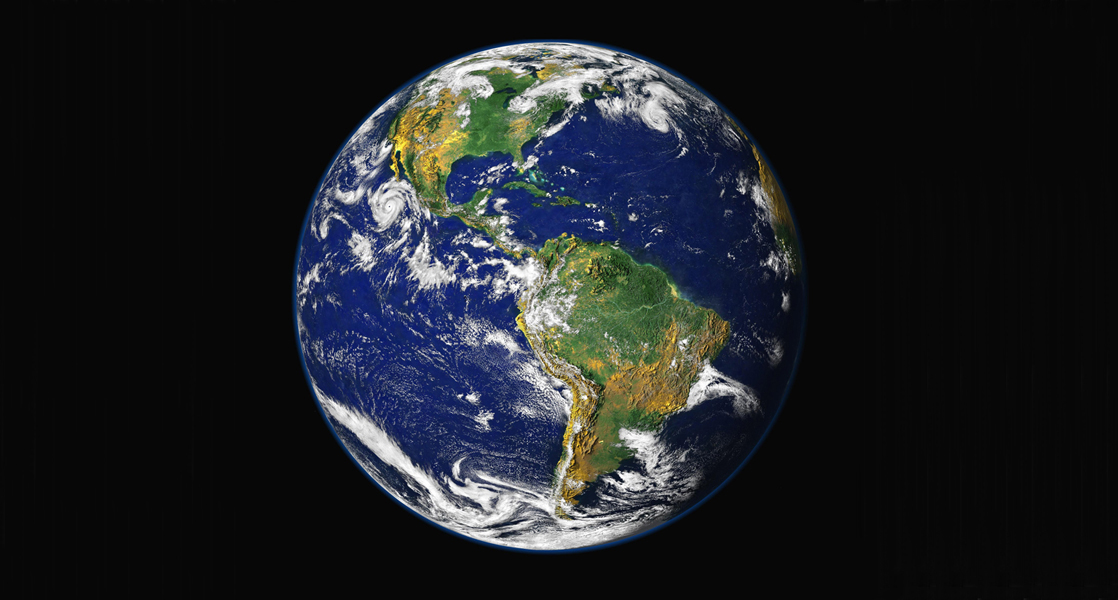
|

1.1 The study of life Read Online

Viewed from space, Earth offers no clues about the diversity of life forms that reside there. The first forms of life on Earth are thought to have been microorganisms that existed for billions of years in the ocean before plants and animals appeared. The mammals, birds, and flowers so familiar to us are all relatively recent, originating 130 to 200 million years ago. Humans have inhabited this planet for only the last 2.5 million years, and only in the last 200,000 years have humans started looking like we do today.
Question: Living organisms that affect other species considered....?
Choices:
abiotic
biotic
Question: What are the 4 main biogeochemical cycles that affect humans?
Choices:
water, Phosphorus, nitrogen, carbon
water, oxygen, nitrogen, dioxide
carbon dioxide, phosphorus, nitrogen, carbon
Question: What is the range of tolerance of an organism?
Choices:
range of population it can hold
range of species in a distinct area
range of values of biotic and abiotic factors that organisms can survive and reproduce in
Question: Do all the biogeochemical cycles involve biotic and abiotic reservoirs?
Choices:
yes
no
Question: Although we use sunlight to synthesize vitamin d, do we need producers to convert solar energy to chemical energy?
Choices:
Yes
no
Question: What is the study of demographics?
Choices:
study of human population size
study of birth rates
study of death rates
all of the answers
Question: Do density-dependent or density-independent factors have the strongest influence on a population's growth rate when the population is large and in a confined area?
Choices:
density-independent
density-dependent
Question: What is the main abiotic distinction between temperate grassland and tropical savanna?
Choices:
temperature
land
animals
culture
Question: Does introducing predators help control a rare population?
Choices:
yes
no
Question: Is sustainable farming one way to conserve an area's biodiversity?
Choices:
yes
no
Question: Which species is more likely to go extinct, a species with a low level of genetic diversity or a high level of genetics?
Choices:
high level
low level